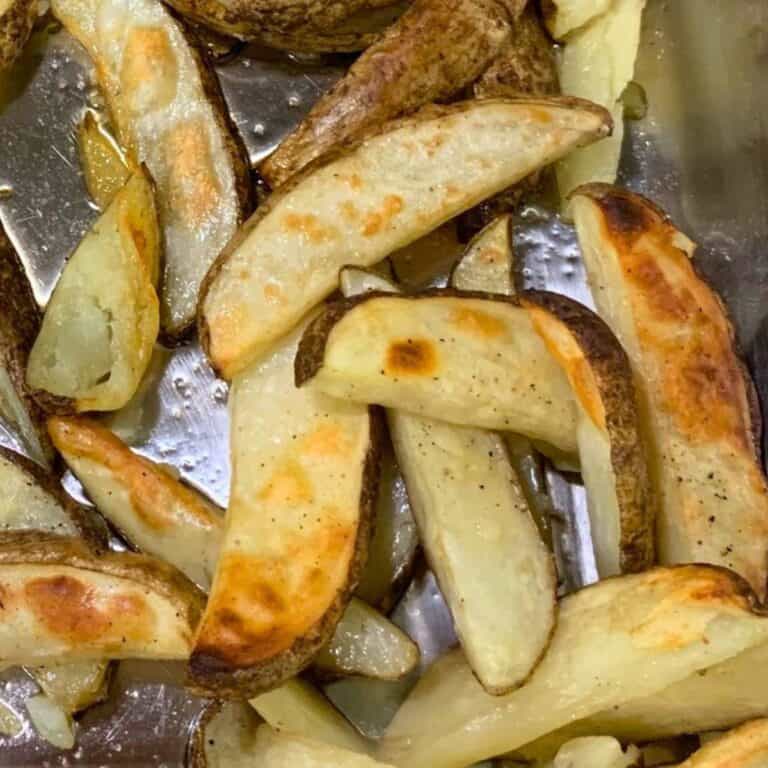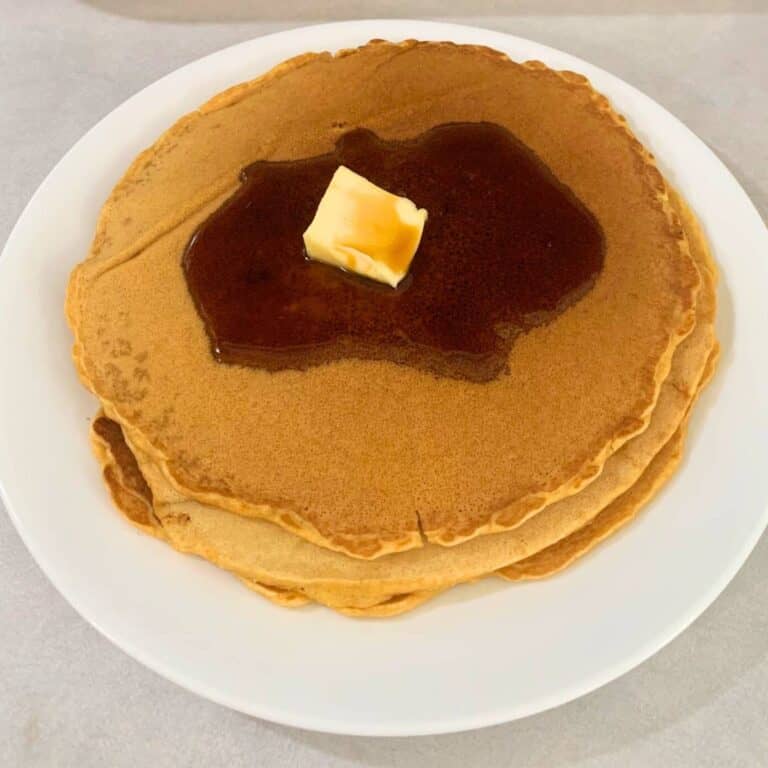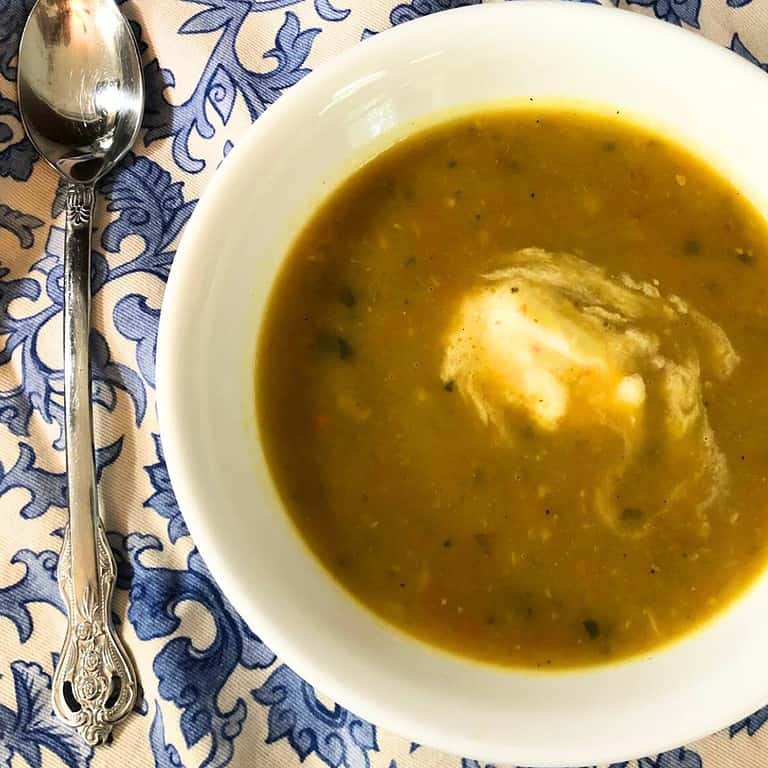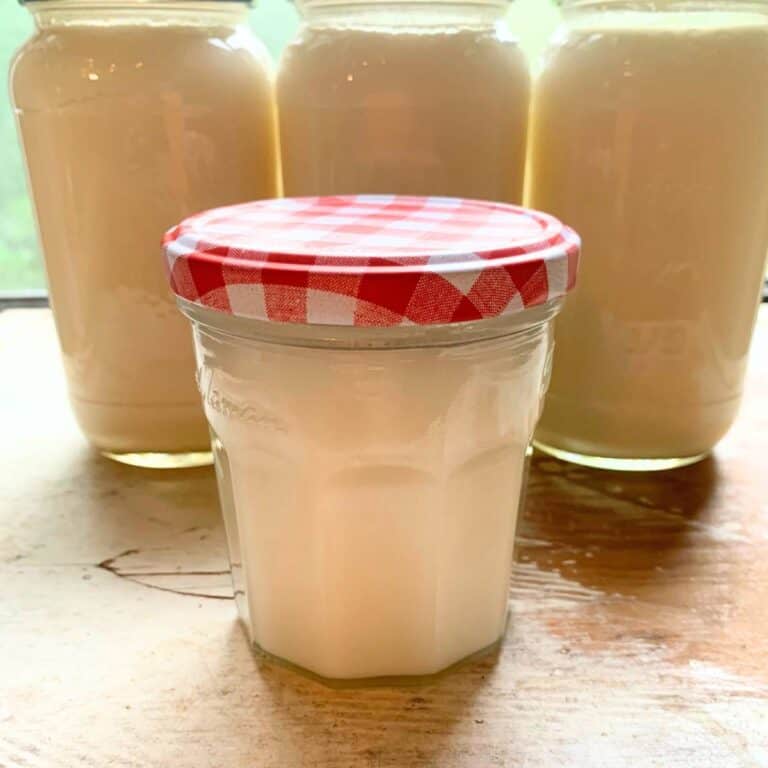What are the Health Benefits of Bovine Colostrum?
There are many benefits to owning a dairy cow if you have a couple acres and your family drinks a lot of milk and eats dairy and beef. However, today I want to focus on just one benefit. Bovine colostrum. This post covers all of the health benefits of bovine colostrum and why you would want to save it in your freezer!

This post contains affiliate links, which means I make a small commission at no cost to you. Click here for my full disclosure.
What is Bovine Colostrum?
Bovine is the term used for cattle. It includes cows, water buffalo, bison, and more. For this post, we are talking about colostrum from dairy cows.
Colostrum is the thick, rich, dark orange or dark yellow fluid (or the “first milk”) that comes into the mammary glands after female mammals give birth. It’s the first food that babies get into their little bodies. And for good reason! Colostrum contains precious immunizations and vitamin concentrates the mother is passing on to her baby, and the baby is likely to be sickly without it.
What are the Health Benefits of Bovine Colostrum?
Colostrum has essential nutrients like high levels of vitamins, fat, carbohydrates, and antibodies. And it plays the important role of setting up the baby’s gut and immune system for optimal immune health and gut health.
If there are any germs in the mother’s environment, the germs will signal an immune response and her body will naturally create antibodies to fight those germs and viruses. The antibodies will come out through her colostrum, transitional milk, and later on through her mature milk. Her milk antibodies will always change with the environment and whatever germs and viruses she encounters. She is able to provide passive immunity to her baby the whole time the baby nurses from her.
Colostrum also has growth factors (growth hormones) which promote growth in the newborn. It’s not uncommon for babies to have some weight loss right after being born. That’s why it’s so important for the newborn to drink as much colostrum as he/she can so that they get back to their birth weight and start growing bigger.
Colostrum also helps to seal the baby’s intestinal lining and promotes gut health. Both animal and human studies show that colostrum strengthens the gut wall, stimulates the growth of intestinal cells, and prevents intestinal permeability, which means particles from the gut won’t leak (“leaky gut”) to the rest of your body. For more information, click here.
When Does Colostrum Come In?
Immediately after giving birth. During the first 3 or so days after calving, your cow will produce colostrum with all its vitamins and antibodies. It’s important to start milking your cow on Day 1 and saving her colostrum in your spare freezer. You do this for a couple of reasons:
First, the calf doesn’t drink near enough colostrum and your cow will get engorged and uncomfortable if you don’t milk her out. If you don’t want to deal with mastitis down the road, you need to milk her out at least once per day from the very first day after calving. (Don’t worry about the baby. If he/she wants to nurse immediately after milking her out, her body will have another “letdown” and she will fill up with milk again for him/her.)
Second, the colostrum is hugely beneficial to have on hand in case any animals (or humans) on the farm get sick. Think of it as liquid gold or liquid life. When we bought a day-old calf from an auction to graft onto Frankie, we honestly didn’t think he would survive the night. He was in such poor shape and lifeless. However, we gave him bottles of Belle’s colostrum that we had saved and he was 100% better in less than 24 hours!
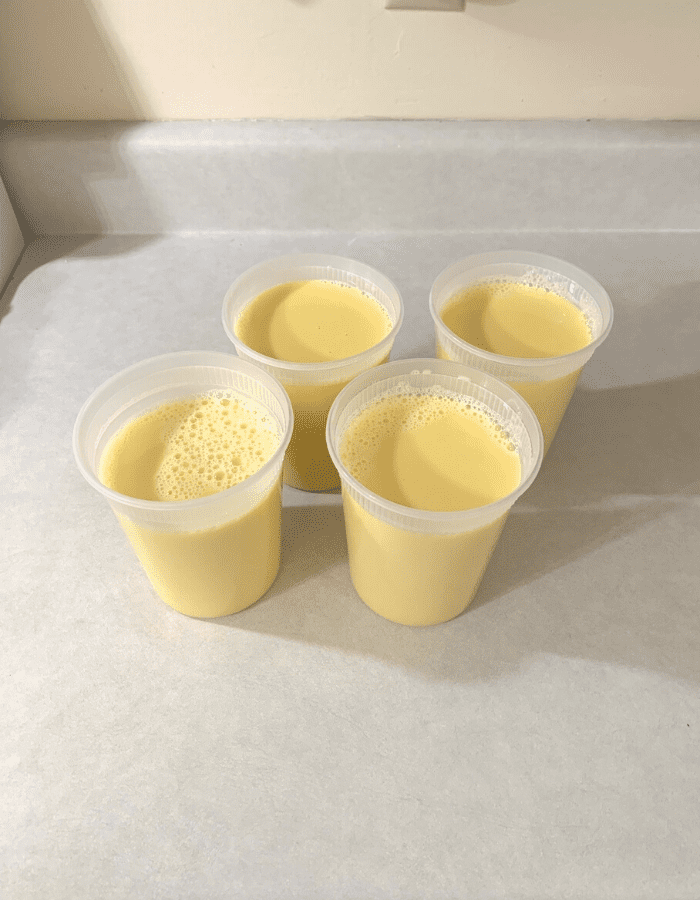
The colostrum is dark yellow or almost orange on Day 1 but will start to lighten as your cow moves into transitional milk around Day 3-5.

Her mature milk will start around 2 weeks after calving. This is when we start milk-sharing and milking her for our own milk supply.
How Much Colostrum Will My Cow Produce?
Each cow will produce a variable amount of colostrum depending on her breed, size, and whether or not she has calved before.
Our girl Belle calved for the first time with us last year. According to the American Miniature Jersey Association she’s a mid-size Jersey cow, which means she’s between 45 and 48 inches tall from the ground to the point on her hip.
When she freshened for the first time (had her calf and came into milk), she produced about a pint of extra colostrum per day. That’s not much. Her baby had all he wanted, and we would milk her out once per day to make sure she wasn’t getting engorged.
However, this year is her second calving. When she freshened this time, she produced an extra four quarts of colostrum on Day 1 and an extra six quarts of colostrum on Day 2. It went up a little bit more but has somewhat stabilized now that her little baby is bigger and drinking more. We will leave her calf with her 24/7 until her leftover milk isn’t enough for our family’s consumption. When that day comes, we will put him in a warm stall at night all by himself but he won’t be able to nurse from his mama until after we milk her the next morning.
Generally a cow will not produce much colostrum with her first freshening. However, her milk production will steadily increase until she reaches her full “peak lactation” which happens around 12 weeks after calving. Since Belle’s udder had adapted and grown larger from nursing her first baby and having us milk her, her second freshening was much more productive.
Can Humans Drink Bovine Colostrum?
The short answer is yes. Humans can drink colostrum from cows (or other mammals). As long as the animal is healthy and free from disease, her colostrum and milk will be safe to drink just like it’s safe for her baby to drink it.
It’s worth mentioning that you can even purchase colostrum supplements. I’d seek professional medical advice if this interests you.
It’s also worth noting that there are several old-fashioned recipes that use colostrum to make a special custard dessert. There’s a recipe in The Encyclopedia of Country Living by Carla Emery. It’s very interesting!
Tips for Handling Bovine Colostrum.
Colostrum is best stored in sterile glass or BPA-free containers in a freezer. Make sure to always mark the date and contents.
If you need to use any colostrum for an orphaned or sick animal, make sure you heat it to just lukewarm. If you heat colostrum up to a hot temperature (especially the first few days’ thick colostrum), it will harden like cheese. And we don’t want that!
Troubleshooting. What Happens When the Colostrum is Pink?
It’s not uncommon to see some pink mixed in with the colostrum when you milk your cow after she’s had her calf.
Last year Belle didn’t have any trouble lactating but she wasn’t producing a lot at first either. And her udder had a chance to grow gradually over 12 weeks until she got to her peak lactation. However, this year on Day 3 we started to see some blood in two of her quarters.
Our first reaction was panic! Did we somehow not milk her out completely the previous two days and would we be dealing with mastitis?
After some research I realized that it’s actually pretty common for blood to appear with the colostrum. A cow’s udder expands so rapidly when they go from no milk production for several months to all-of-a-sudden two gallons. Sometimes the blood vessels expand so rapidly that they break inside her growing mammary gland.
Don’t be alarmed if this is the case. Simply continue milking her out and saving the pink colostrum for any orphaned or sick animals. Even human mothers sometimes experience this and there are no harmful side effects when the mother’s baby nurses. That’s the same with cows. Her baby will continue to nurse happily until the mammary gland heals.
It took Belle about 2 weeks for her mammary gland to heal on the inside. We stopped seeing pink after that and started drinking her mature milk. Delicious!
If your cow still has pink in her milk after 2 weeks, and it’s not improving, it might be time to check with your local livestock vet.
Shop This Post
BPA-Free Food Containers With Lids
The Encyclopedia of Country Living, 50th Anniversary Edition
Other Posts You May Enjoy
How to Check Your Home for Radon
It’s a Homestead Chicken Harvest Day! (Part 1-Why and What)
Homestead Chicken Harvest Day! (Part 2)
Pin It For Later!


